This article aims to delve into the core distinctions between electrofusion and compression fittings, exploring their joining techniques, materials used, applications, and strengths. By examining these differences, readers will gain a comprehensive understanding of the unique characteristics and advantages of each method, enabling informed decision-making when selecting the appropriate joining technique for various piping systems and applications.
What is an electrofusion fitting?
An electrofusion fitting is a specialized type of fitting used in joining or connecting polyethylene (PE) pipes, primarily in plumbing, gas, and water supply systems. Electrofusion fittings are specifically designed to create a secure and reliable joint by utilizing an electrofusion welding process.
The main components of an electrofusion fitting typically include
1. Heating Element
Electrofusion fittings are equipped with an embedded heating coil or wire that heats the surfaces of the fitting.
2. Integrated Connectors
These fittings come with built-in connectors, usually made of copper or other conductive materials, to connect the fitting to a power source.
The process of creating a joint using electrofusion fittings involves the following steps
1. Preparation
The pipes to be joined must be cleaned, scraped, and aligned properly to ensure a perfect fit.
2. Connection
The electrofusion fitting is connected to an electrofusion control unit or welding machine, which supplies the necessary voltage and current.
3. Heating Phase
A controlled electric current is passed through the heating coil or wire, heating the surfaces of the fitting and the outer surface of the pipes.
4. Fusion Stage
The heated surfaces of the fitting and the pipe come into contact, and the material softens. Once the heating phase is complete, the fitting is pressed onto the pipe, and the molten material fuses together, creating a secure, homogenous joint.
5. Cooling and Solidification
The fused material cools and solidifies, forming a strong, leak-free connection.
Electrofusion fittings are commonly used in buried and above-ground applications, especially in scenarios where leak-resistant and high-integrity joints are essential, such as in gas distribution, water supply systems, and industrial settings. These fittings provide a reliable and durable method for joining PE pipes, ensuring a secure and long-lasting connection that maintains the integrity of the piping system.
What is a compression fitting?
A compression fitting is a type of plumbing connection used to join or connect pipes in a leak-resistant and secure manner without the need for soldering, welding, or specialized tools. These fittings are versatile and widely used in various plumbing systems for both domestic and industrial applications.
Key components and features of a compression fitting include:
1. Body
Typically made of metal or hard plastic, the body of the compression fitting houses the components that create the joint.
2. Compression Ring or Ferrule
This component, often made of brass, copper, or plastic, is positioned over the pipe. When the fitting is tightened, the compression ring compresses onto the pipe, creating a watertight seal.
3. Nut
The nut, usually made of metal, threads onto the body of the compression fitting. It allows the compression ring to tighten around the pipe, ensuring a secure connection.
The process of creating a joint using a compression fitting involves the following steps:
1. Preparation
The ends of the pipes are cleaned and deburred to ensure a smooth and even surface for the compression fitting to seal against.
2. Fitting Assembly
The compression ring or ferrule is slid onto the pipe, followed by the nut and then the body of the compression fitting.
3. Tightening
The nut is then tightened, compressing the ring or ferrule onto the pipe. As the nut is turned, it compresses the ring onto the pipe, creating a seal that prevents leakage.
Compression fittings are known for their ease of installation and reusability. They are commonly used in various applications, including domestic plumbing, irrigation systems, and industrial settings where a leak-resistant and easily assembled joint is required. These fittings offer flexibility and can be disassembled and reassembled without damaging the fitting or the pipes, allowing for adjustments or repairs to the system without the need for specialized equipment.
Difference between electrofusion and compression fittings
In the plumbing and fluid transport industry, selecting the most suitable method for joining pipes is crucial to ensure leak-resistant and robust connections. Two prevalent methods employed in pipe joining are electrofusion and compression fittings. Understanding the fundamental differences between these techniques is paramount to effectively choosing the appropriate method for specific applications.
Electrofusion Fittings
Joining Technique
Electrofusion fittings utilize an electric current to fuse the ends of pipes together. These fittings are equipped with embedded heating elements. When an electric current is passed through the fitting, the heating elements melt the inner surfaces of the fittings and the outer surfaces of the pipes. This fusion process results in a secure, homogenous, and leak-free joint. The heated surfaces meld together, forming a strong connection that is essentially as strong as the original pipe itself.
Materials Used
Electrofusion fittings are typically constructed from high-density polyethylene (HDPE) and are specifically designed for use with PE (Polyethylene) pipes. These fittings are predominantly used in plastic piping systems where a secure, leak-resistant joint is paramount.
Applications
Common applications of electrofusion fittings include buried or above-ground scenarios, especially in critical systems such as gas distribution, water supply, and other high-pressure fluid transportation systems. They offer a reliable solution for creating strong joints in PE pipes, which are commonly used in various industries due to their durability, resistance to corrosion, and flexibility.
Compression Fittings
Joining Technique
Compression fittings form a joint by compressing a ring or sleeve onto the pipe. This ring or sleeve, often made of metal or plastic, seals the joint by squeezing the pipe tightly between the fitting and the ring. The compression ensures a secure, leak-resistant connection without the need for heat or welding.
Materials Used
Compression fittings are available in various materials, such as brass, copper, PVC, or other metals and plastics. They are suitable for use with different types of pipes, including plastic, copper, or steel pipes.
Applications
Compression fittings are versatile and widely used in a variety of applications, including domestic plumbing, irrigation systems, and low to medium-pressure fluid transportation. These fittings offer easy installation and reusability, making them particularly useful in scenarios where a joint might need to be disassembled and reassembled without the need for additional equipment.
Key Differences
1. Joining Technique
Electrofusion fittings use an electric current to melt the pipe surfaces for fusion, while compression fittings rely on mechanical compression to seal the joint.
2. Materials Used
Electrofusion fittings are designed for PE pipes, while compression fittings can be used with various types of pipes.
3. Applications
Electrofusion fittings are employed in high-pressure systems where leak resistance is critical, while compression fittings are more versatile and utilized in various scenarios and materials.
The differences between electrofusion and compression fittings lie in their joining techniques, materials used, and application specifics. Both methods offer unique advantages, and selecting the appropriate one depends on the specific requirements of the application, the type of piping system, and the level of joint strength and resistance to be achieved.

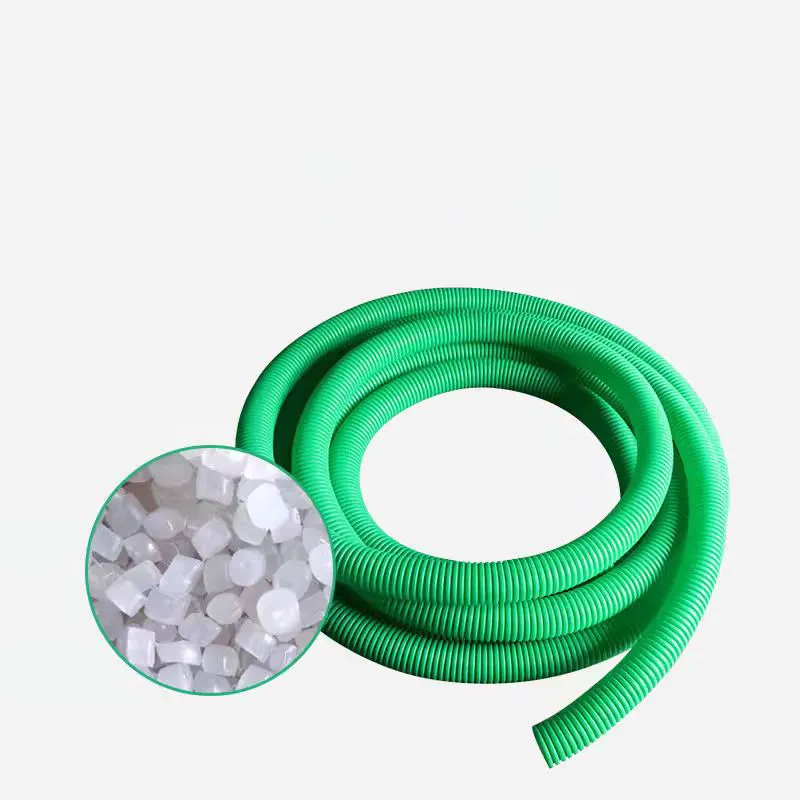
925.webp)
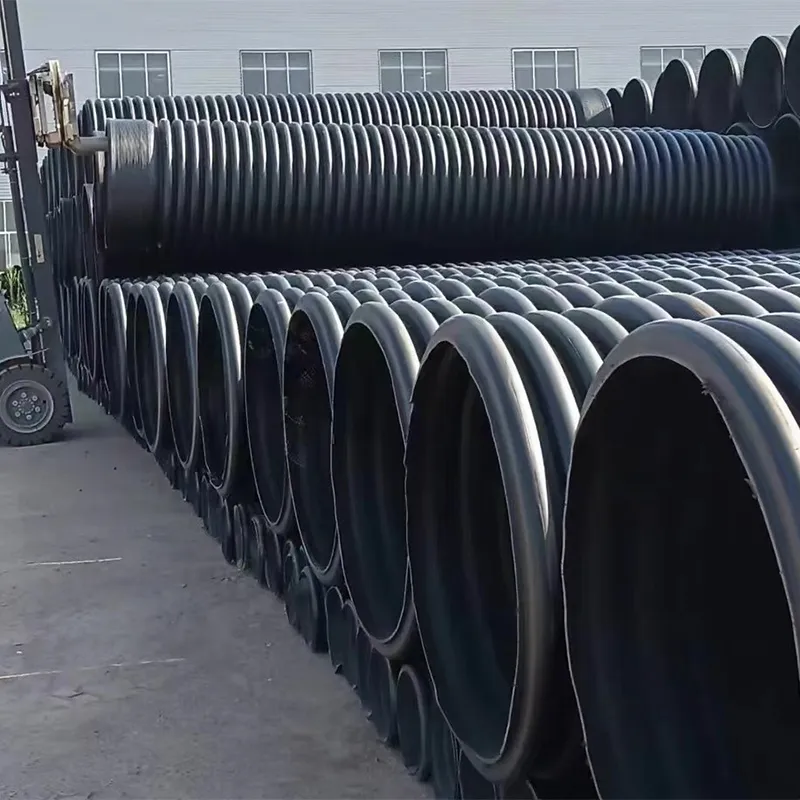
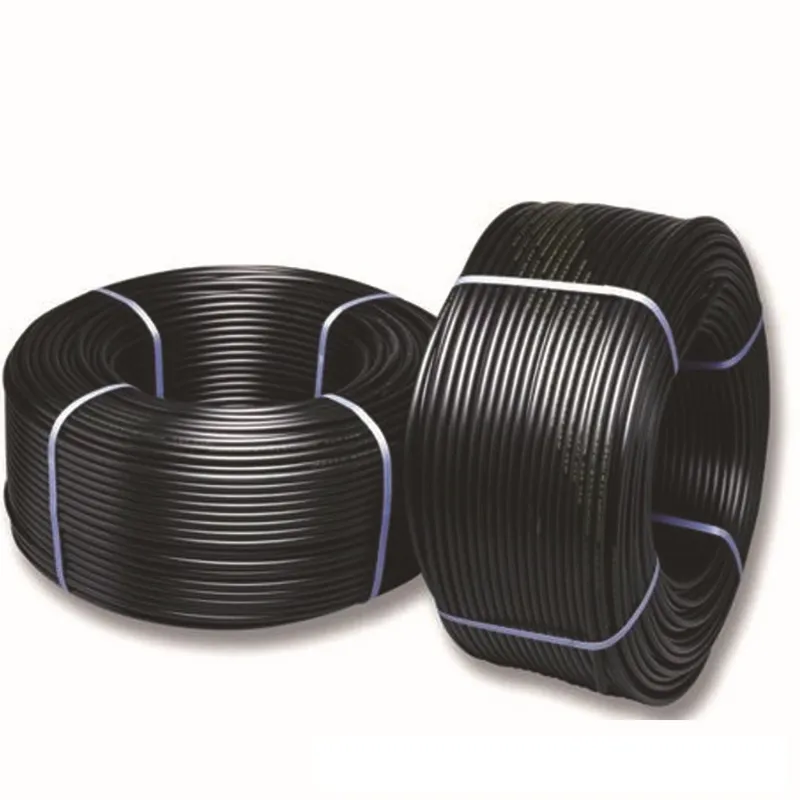
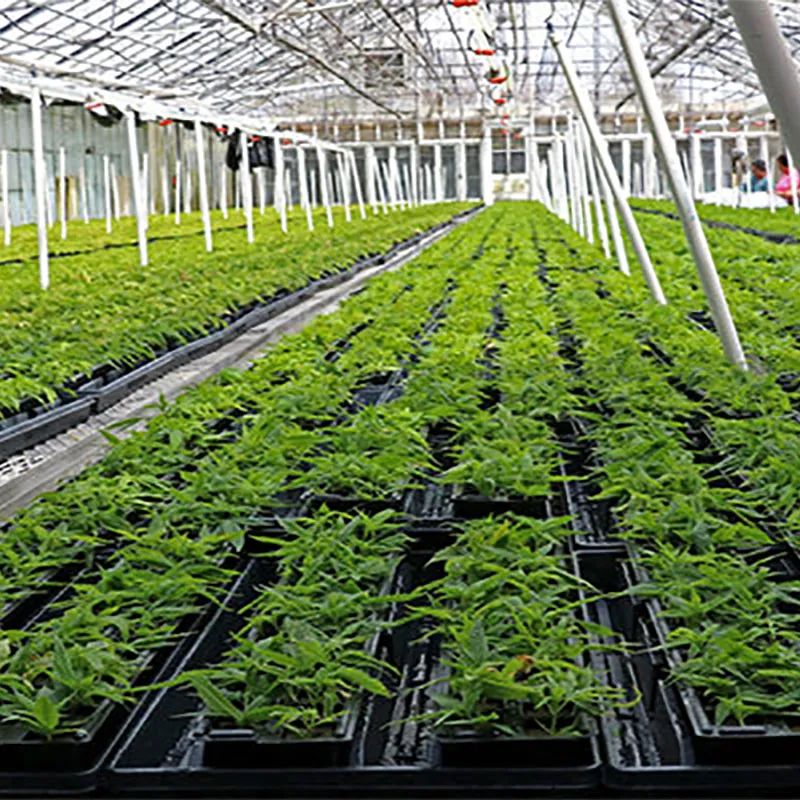
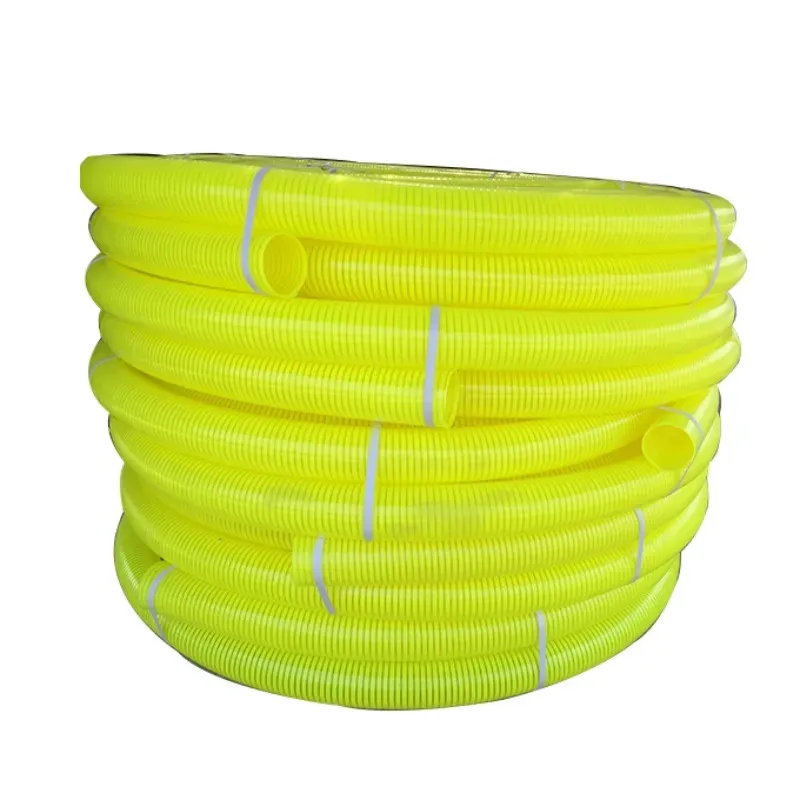
294.webp)
476.webp)
420.webp)
146.webp)
460.webp)
287.webp)
274.webp)
688.webp)


